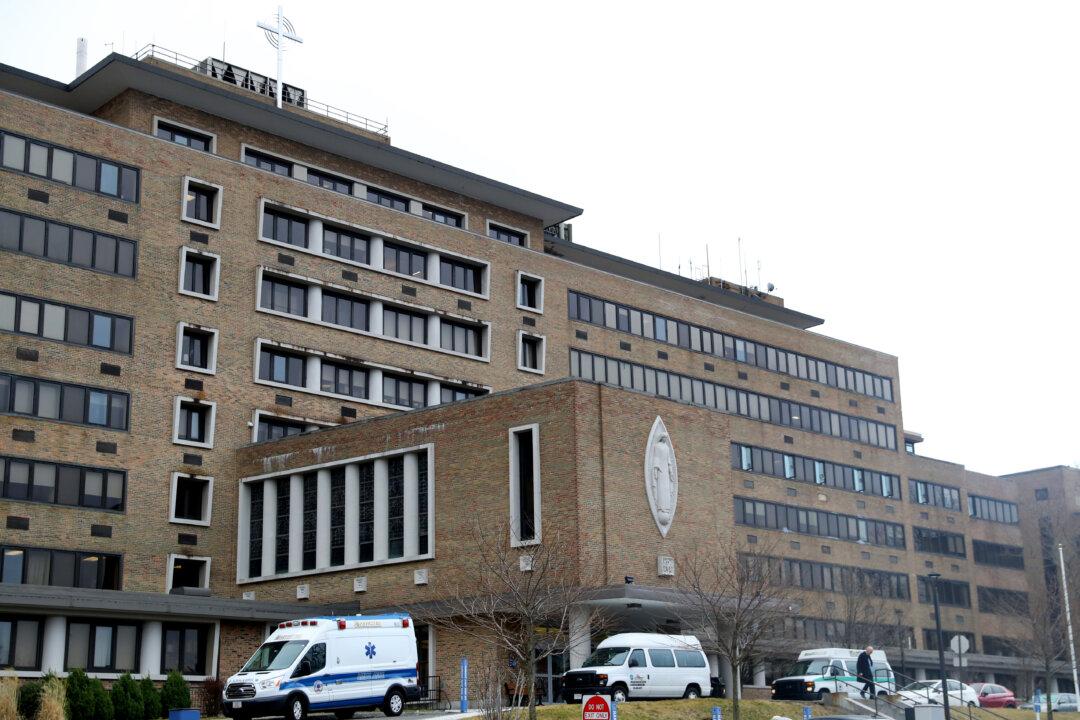The largest physician-led hospital operator in the United States has filed for bankruptcy and is now negotiating a deal to restructure its business.
Steward Health Care submitted the filing submitted to the U.S. Bankruptcy Court for the Southern District of Texas on May 6, according to a press release. The firm is currently negotiating a debtor-in-possession (DIP) financing arrangement from Medical Properties Trust. DIP financing, available to firms that have filed Chapter 11 bankruptcy, allows companies to raise capital to fund operations while the bankruptcy process progresses. Lenders who provide DIP financing get priority over existing debt holders, equity holders, and other claims.
The health care system owns and operates 33 community hospitals across nine states and employs more than 40,000 people.
Under Steward’s financing arrangement with Medical Properties, the establishment is seeking initial funding of $75 million and additional funds of $225 million.
“Steward took this voluntary step today as a necessary measure to allow the company to continue to provide necessary care to its patients in their communities without disruption,” the press release stated.
Other factors that have contributed to Steward’s decision to file for bankruptcy are “insufficient reimbursement” from the Medicaid and Medicare programs, rising material and operational costs due to inflation, surging labor costs, and the continued impacts of the COVID-19 pandemic. Steward said it intends to resolve the Chapter 11 process “as quickly as possible.”
“Steward does not expect any interruptions in its day-to-day operations, which will continue in the ordinary course throughout the Chapter 11 process. Steward’s hospitals, medical centers, and physician’s offices are open and continuing to serve patients and the broader community and our commitment to our employees will not change,” it stated.
Dr. Ralph de la Torre, CEO of Steward, said the firm had done “everything in its power” to continue operating in a “highly challenging” environment.
The company finally decided that filing for Chapter 11 restructuring would best serve the interests of its employees, patients, physicians, and communities.
“In the past several months, we have secured bridge financing and progressed the sale of our Stewardship Health business in order to help stabilize operations at all of our hospitals. With the delay in closing of the Stewardship Health transaction, Steward was forced to seek alternative methods of bridging its operations,” he said.
System in Distress
Steward came into existence when Cerberus Capital Management bought the financially distressed hospital system Caritas Christi for around $830 million back in 2010, rebranding the system as Steward.In 2016, Steward signed a $1.25 billion sale-leaseback agreement for its hospitals in Massachusetts with the Medical Properties. In a sale-leaseback agreement, a business sells its assets and leases it back from the buyer. In effect, the business becomes the lessee and the buyer, the lessor. Such agreements are typically signed by enterprises to raise capital.
In the case of Steward, the sale-leaseback agreement with Medical Properties resulted in the health care system getting burdened with “hundreds of millions” in rent each year, according to a post by think tank Lown Institute.
In a Jan. 4 press release, Medical Properties said that Steward had a total unpaid rent obligation of approximately $50 million as of December 2023. This was in addition to the roughly $50 million that was deferred previously.
Earlier this month, the Massachusetts administration said it had activated its “emergency operations plan” to ensure patient safety and protect access to care “in the context of Steward Hospitals’ financial challenges.”
Since January, the state’s Department of Public Health has assigned monitors in Steward hospitals to “assess whether the facilities have the necessary supplies, equipment, and staffing to deliver safe and effective care.” These monitors remain in place.
Lown Institute noted that 70 percent of hospital patients at Steward’s Massachusetts facilities were covered by Medicaid and Medicare. As such, the closure of these hospitals could lead to challenges for vulnerable populations.
Last month, Massachusetts Sens. Elizabeth Warren and Edward J. Markey, both Democrats, sent a letter to the heads of Medical Properties and asset manager Macquarie Infrastructure Partners, asking them to engage in stabilizing Steward’s facilities in the state.
Macquarie Infrastructure also has a stake in Steward’s Massachusetts hospitals. Both investors “have been collecting huge lease payments from Steward on property the company used to own,“ the senators claimed in a press release. ”This is a key reason that Steward’s Massachusetts hospitals have huge debts that have driven the company to the financial brink.”
In the letter, the senators insisted that since Medical Properties and Macquarie Infrastructure have “played a key role in this steep financial decline” of Steward, they “must play a role in the recovery of these hospitals in order to preserve and protect access to care for communities in Massachusetts.”







